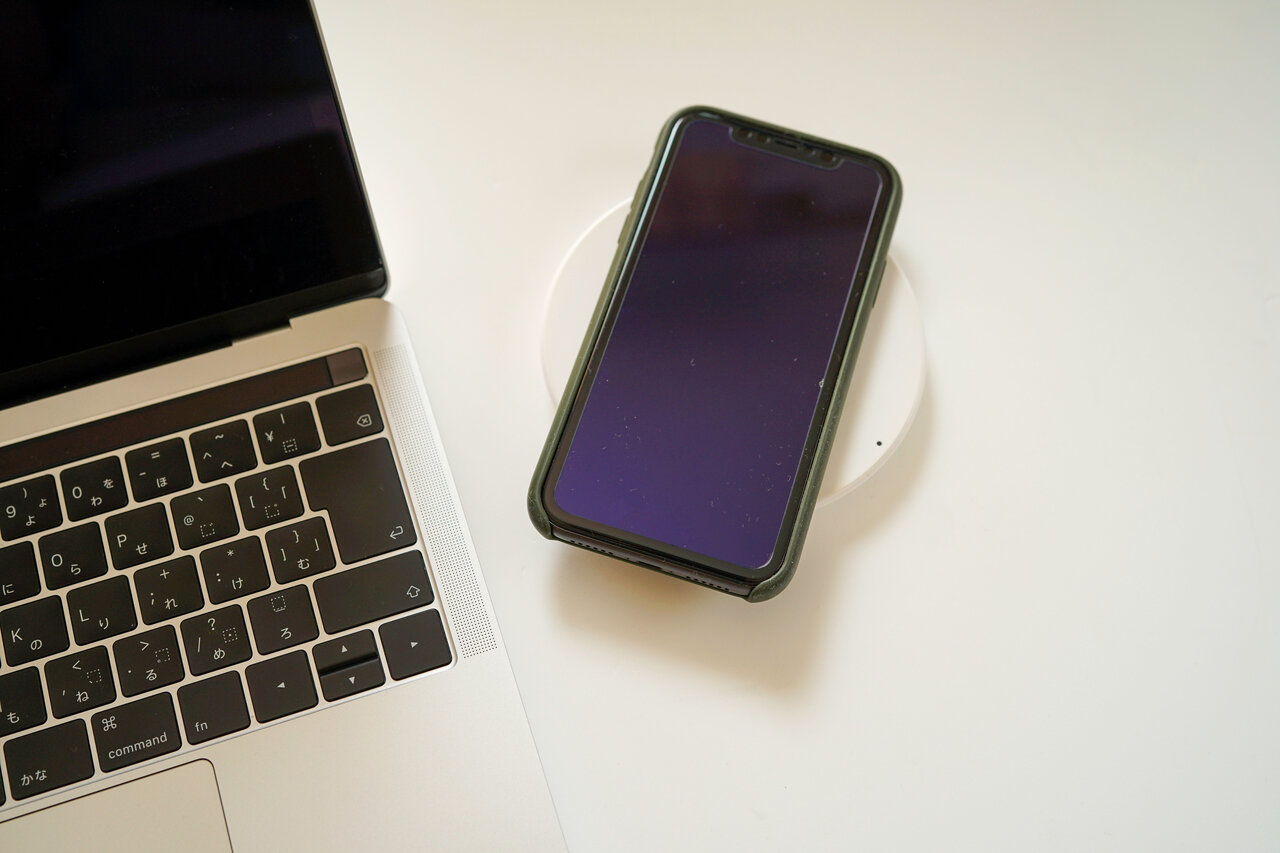By Joel Nelson on January 9, 2025 in Technology
Wireless power transfer, or WPT, uses electromagnetic waves to transmit electrical energy from a power source to an electrical device without physical connectors or wires. By eliminating the need for traditional power cables for a charging pad, this technology provides a convenient and efficient way to charge devices.

And as it becomes more mature, its utility could expand beyond smaller appliances such as smartphones, earbuds and wearable devices to televisions, water heaters and other large appliances.
“WPT has great potential to revolutionize the way people charge and has aroused great interest in academia and industry,” says the Association for Smarter Homes & Buildings, an international not-for-profit industry group for connected home and intelligent building technologies. “Integrating WPT into buildings and various household appliances can greatly improve the reliability, convenience and safety of power supplies in our lives.”
WPT’s advantages eliminated cable plugging and unplugging; the ability to complete transfers through wood, glass and other materials; reduced exposure of wires and connectors to water and other corrosive elements; and no need for battery replacements on various IoT devices.
“Wireless power is already making us rethink our societal and business infrastructures. [It is] one investment that doesn’t follow the law of diminishing returns. The more devices that have wireless power capabilities, the more value we have,” asserts Informa TechTarget, a Boston-area technology services provider.
Limitations of WPT include generally slower and less efficient power transfers than traditional wired charging, with some energy being lost as heat during the process; limited range between the device and its power source; high implementation costs; and less efficiency for electric vehicles and other applications that require high energy transfer rates.
Wireless power transfer is not designed for high-speed data transmission, which is normally the realm of Wi-Fi, Bluetooth and cellular networks.
Researchers are working to apply wireless power transfer to industrial machinery, space-based solar power systems and other long-distance applications. In 2022, South Korean scientists tested a new method of wireless power transmission through infrared light, successfully transmitting power across about 100 feet to an LED light.
“Wireless power is a transformational step for society; it will eventually replace the electric wall socket and enable a whole suite of products and services that we can’t even imagine yet,” says Informa TechTarget.


